Why Spain is a great place for kids
Choosing the city that's right for you
Choosing the visa that's right for you
More than just great weather
Why Spain provides a better quality of life

How we Plan
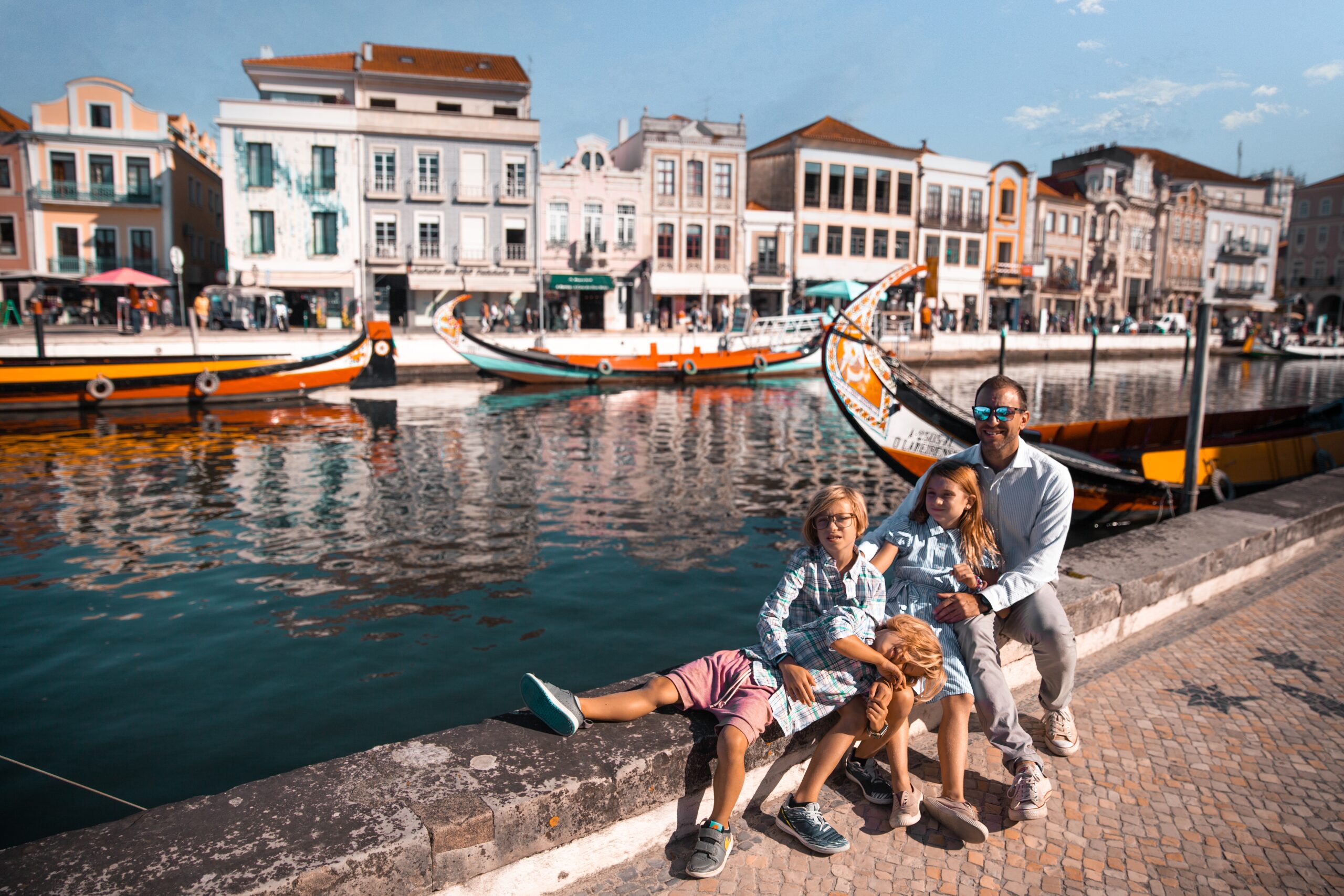
What we pack
Choosing Travel Insurance
Book Your Hotel
with Booking.com
Book Your Car
with RentalCars.com
Book Your Flight
with Skyscanner.com
Book Your Tour
with GetYourGuide.com
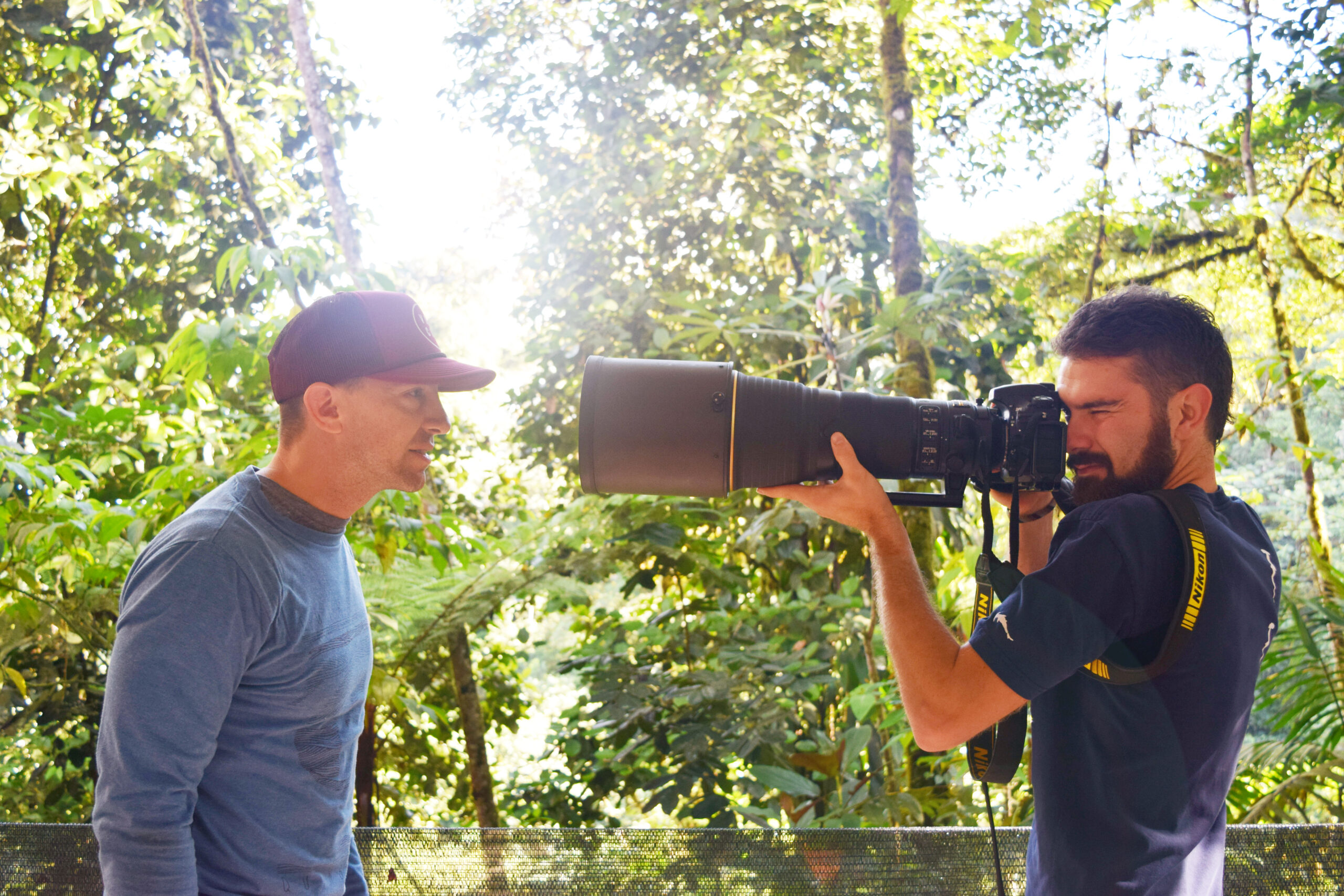
Our Camera Gear
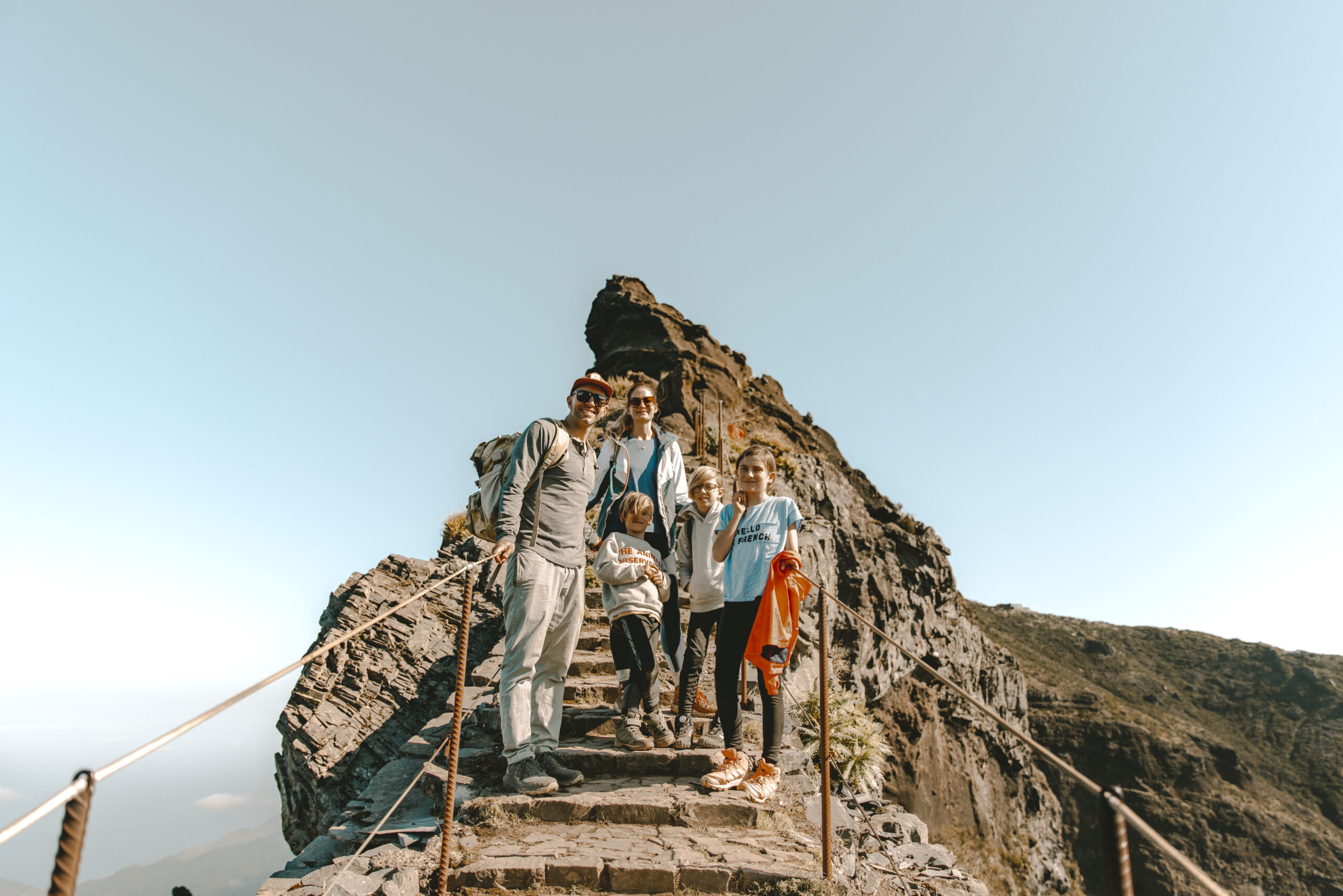
How We Fly
Choosing Your Destination
Family Guide to...
Denmark
Add Your Heading Text Here
Denmark, a Scandinavian country known for its rich history and modern charm, is a picturesque land of fairy-tale castles, vibrant cities, and coastal beauty.
Map
Weather
Itineraries
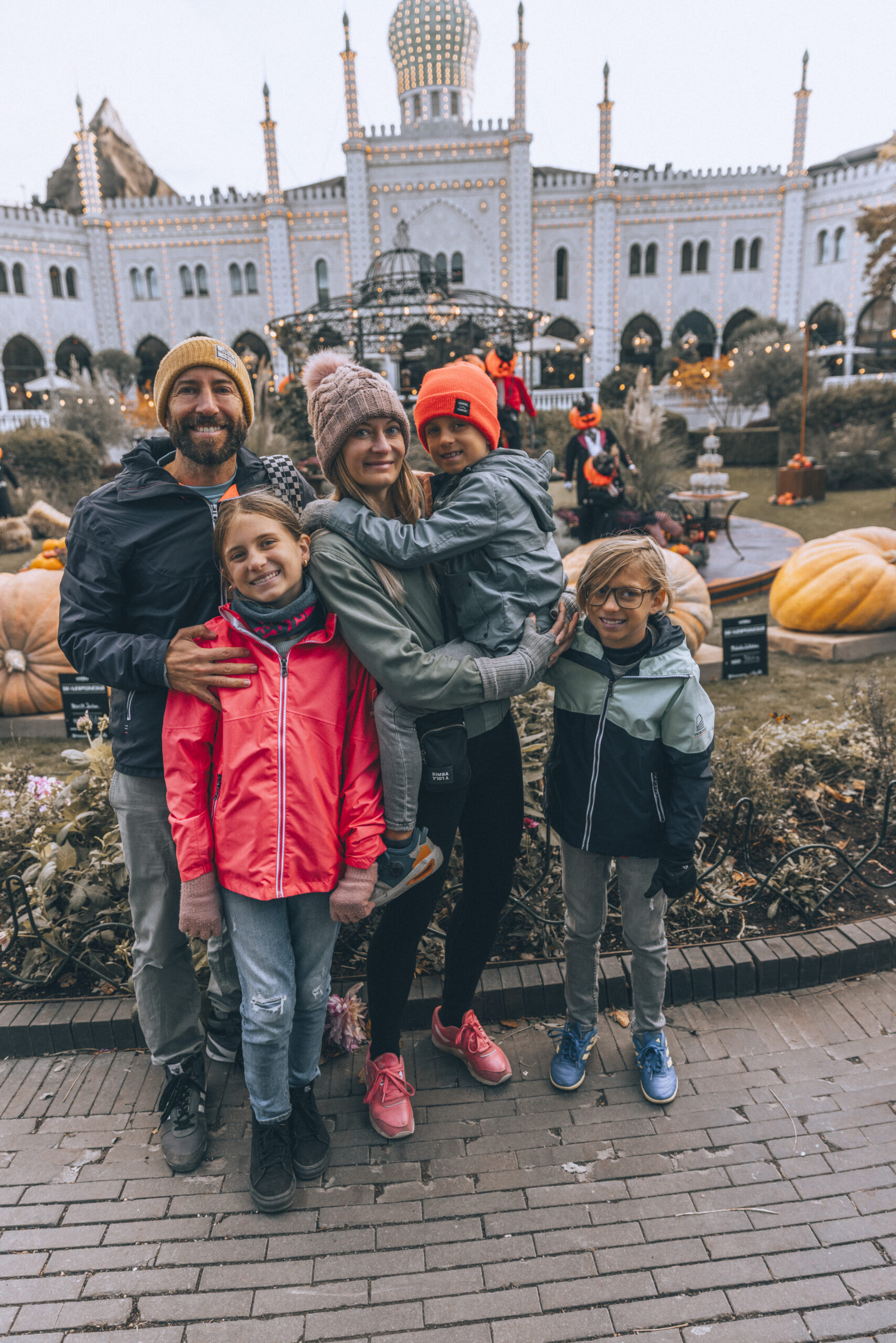
The Best of Copenhagen...
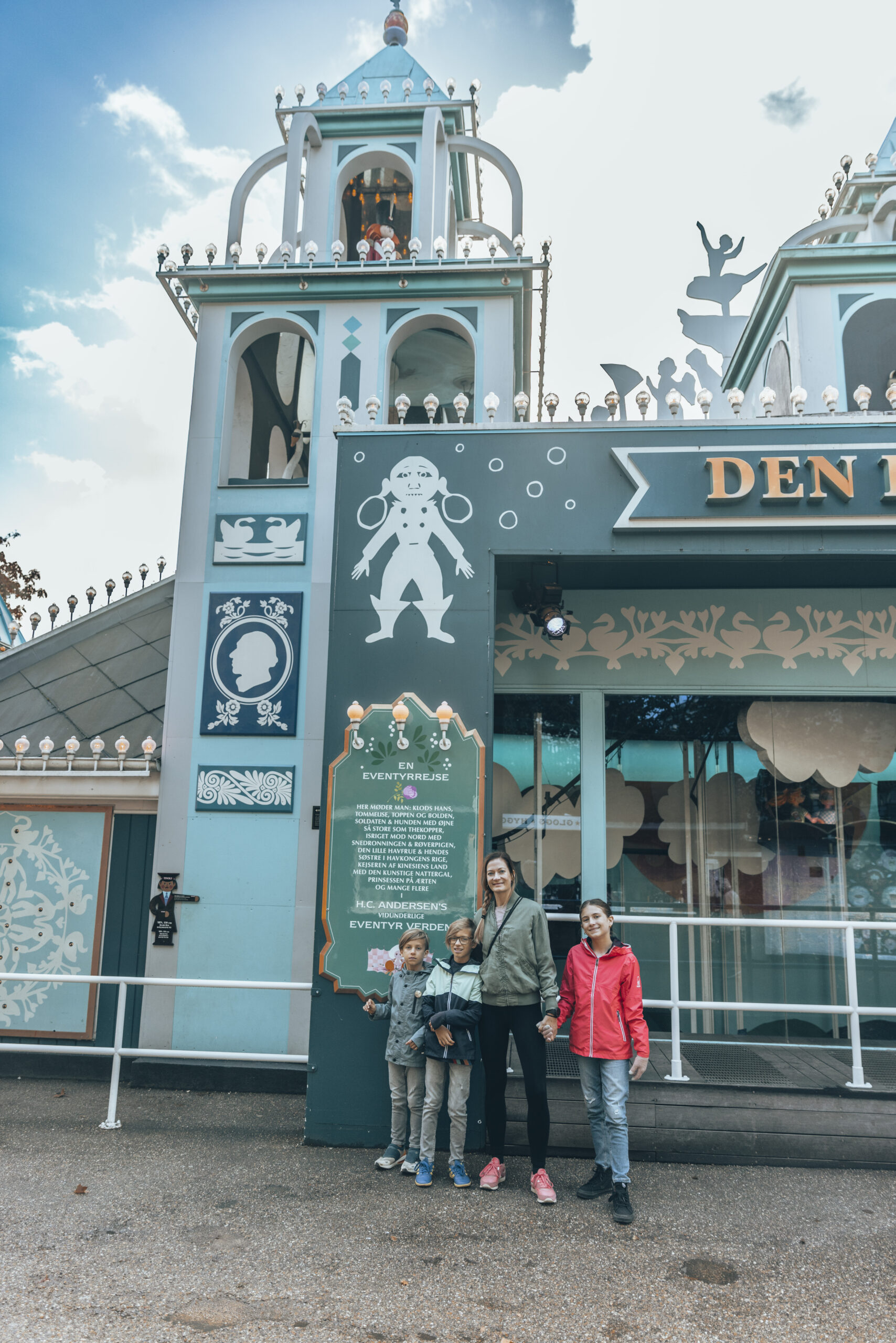
Tivoli – A Definitive Guide
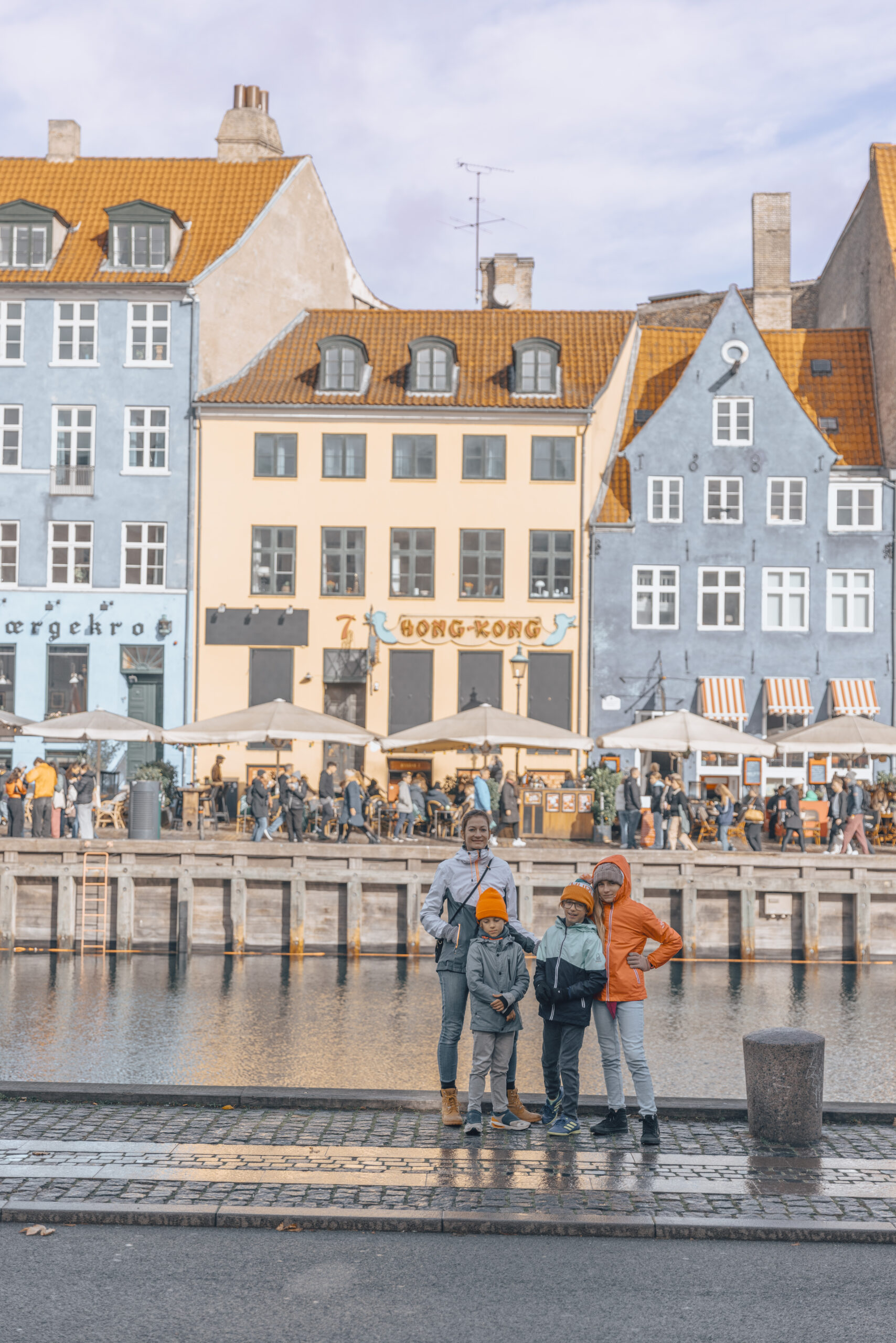
The Perfect Day in Copenhagen
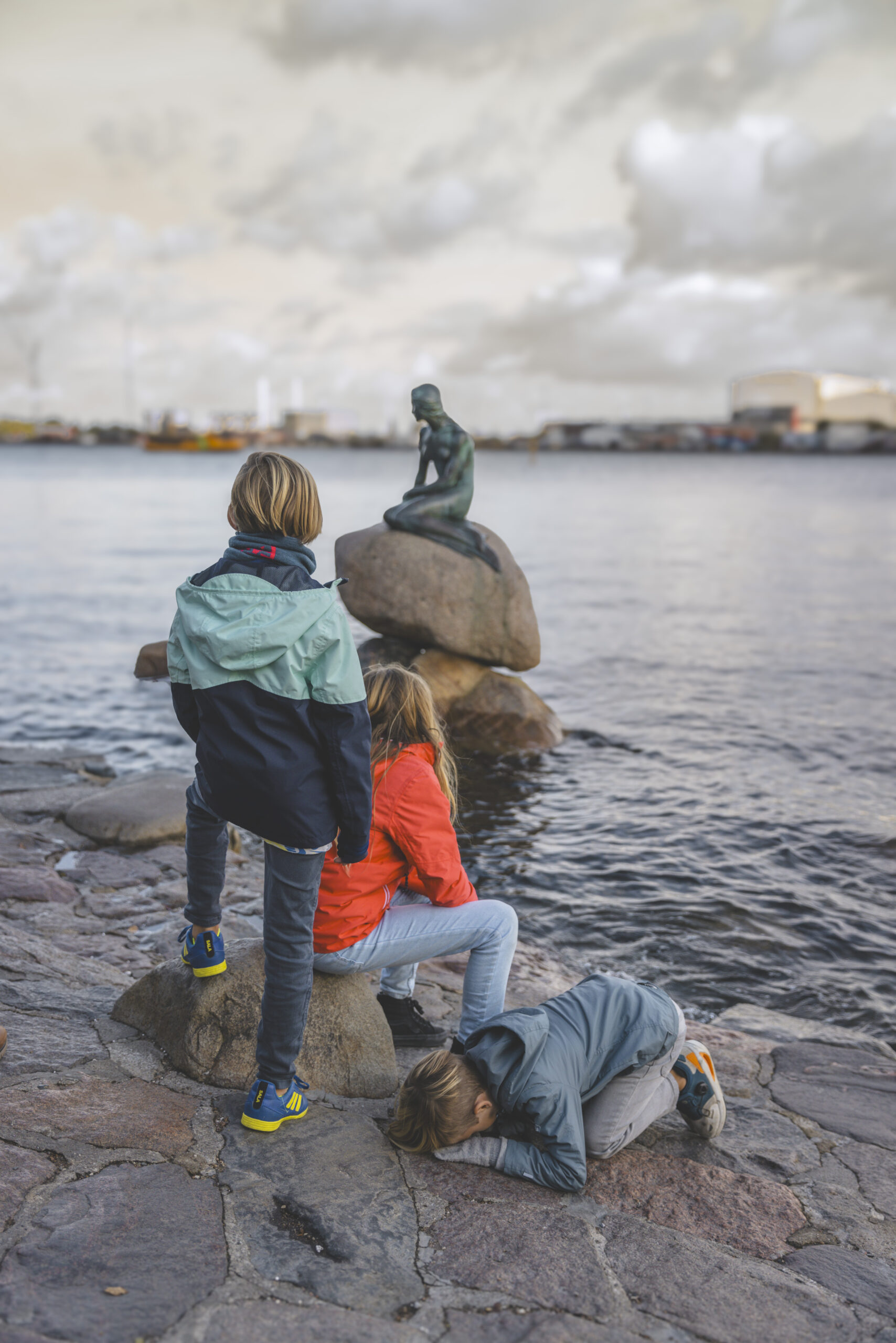
All About The Little Mermaid
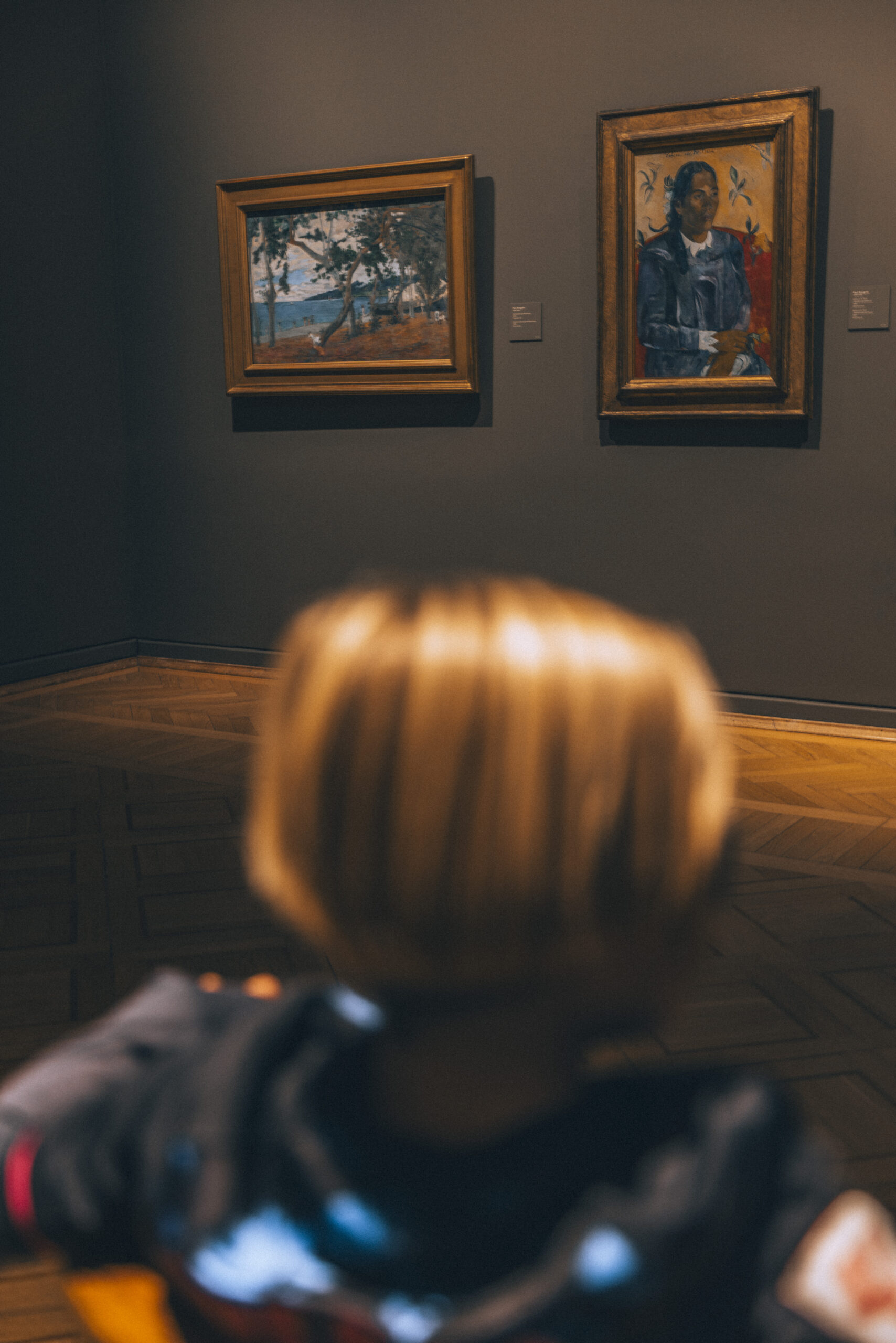
Guide to the Best Copenhagen Museums
- One-Day Itinerary
- Two-Day Itinerary
- Three-Day Itinerary
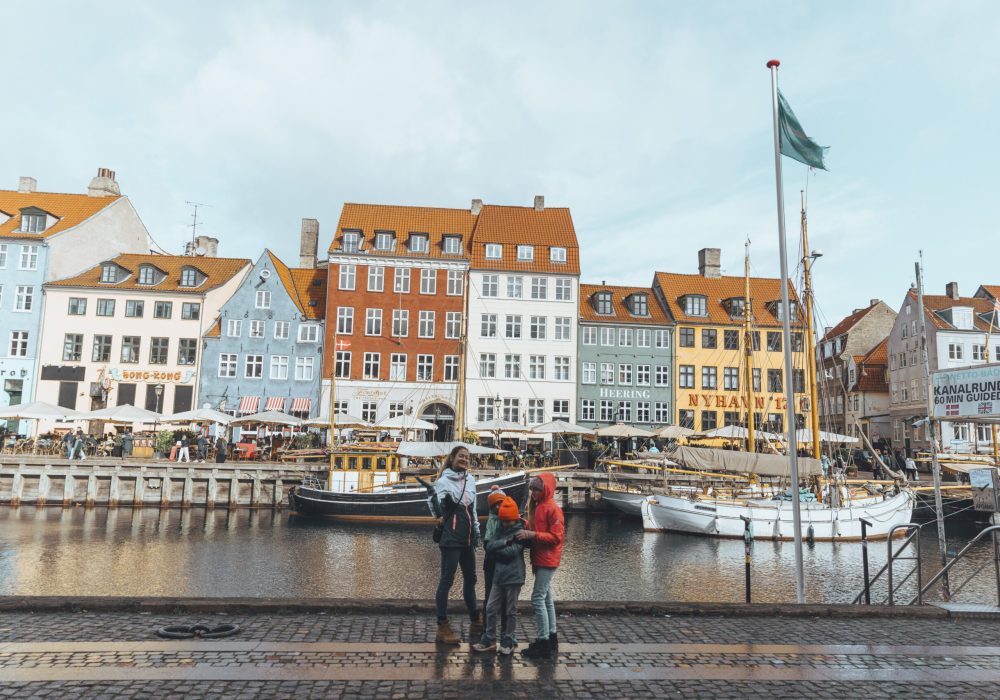
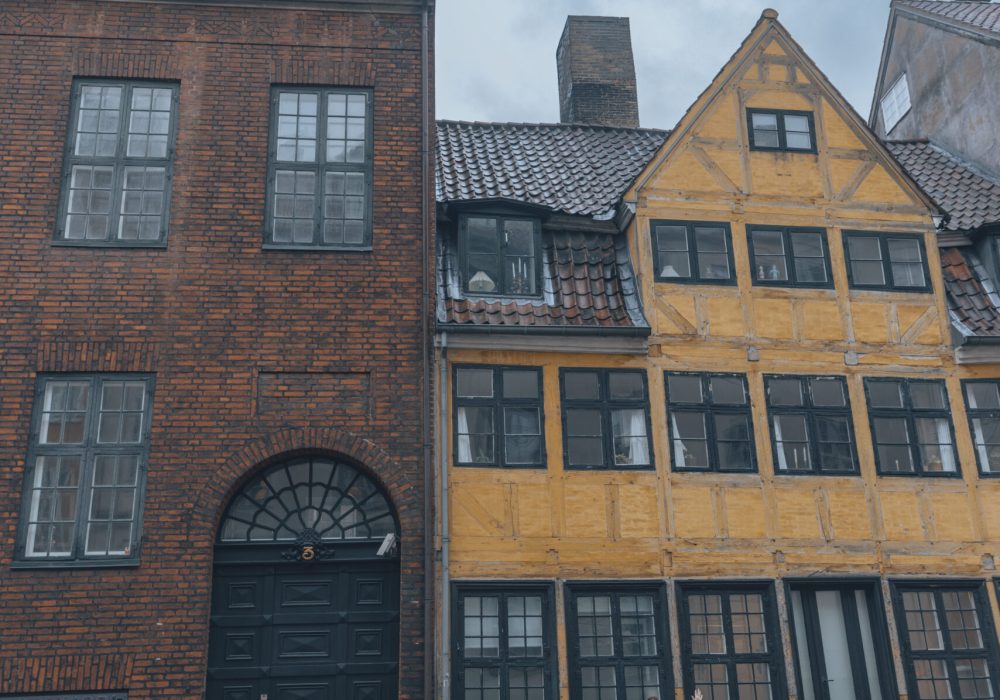

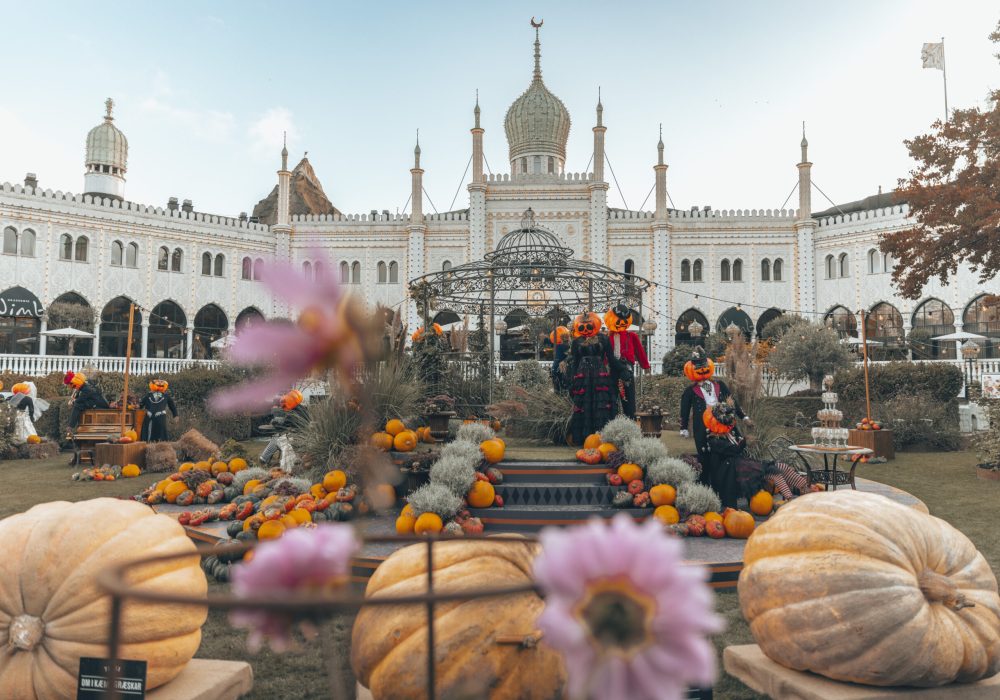
Best time to visit Denmark:
Winter is wonderland!
New to Denmark?
Start in Copenhagen!
copenhagen
Top Five Restaurants in copenhagen
Noma is renowned for its innovative approach to Nordic cuisine, consistently earning accolades as one of the world’s best restaurants. Chef René Redzepi’s meticulous focus on foraged ingredients and seasonal menus has set a global standard for fine dining.
Located on the eighth floor of the National Stadium, Geranium offers stunning views and an unforgettable dining experience. Chef Rasmus Kofoed’s three Michelin-starred restaurant blends art and food, providing an exceptional journey through Scandinavian flavors.
Amass, helmed by Chef Matt Orlando, focuses on sustainability and local produce. The restaurant’s urban farm supplies many of its ingredients, and the menu reflects a creative, environmentally conscious approach to modern cuisine.
Kadeau brings the essence of the Danish island of Bornholm to the city. Chefs Nicolai Nørregaard and Rasmus Kofoed present a menu inspired by the island’s unique flora and fauna, earning the restaurant two Michelin stars.
Relæ offers a Michelin-starred experience in a relaxed setting. Chef Christian Puglisi’s dedication to organic and sustainable ingredients shines through in his simple yet refined dishes, making it a favorite among locals and tourists alike.
Top Five hotels in copenhagen
Nimb Hotel is a luxurious boutique hotel located in the heart of Tivoli Gardens. The hotel features elegant rooms with a unique blend of Moorish and Nordic design, offering a serene escape with top-notch amenities, including a rooftop pool and gourmet dining options.
As one of Copenhagen’s most iconic hotels, Hotel d’Angleterre combines historic charm with modern luxury. This five-star hotel offers beautifully appointed rooms, a world-class spa, and the renowned Michelin-starred restaurant, Marchal.
Designed by the legendary architect Arne Jacobsen, the Radisson Collection Royal Hotel is a masterpiece of modernist architecture. Guests enjoy stylish rooms, exceptional service, and convenient access to top attractions like Tivoli Gardens and Strøget.
Situated along the waterfront, the Copenhagen Marriott Hotel offers spacious rooms with stunning views of the city and harbor. The hotel boasts a fitness center, excellent dining options, and easy access to popular landmarks such as Nyhavn and Christiansborg Palace.
Housed in a converted 19th-century warehouse, 71 Nyhavn Hotel blends historic charm with contemporary comfort. Located in the picturesque Nyhavn district, the hotel offers cozy, well-appointed rooms and a prime location for exploring the city’s vibrant waterfront.
FAQ's
What are the main things to do with kids in Denmark?
Denmark is a family-friendly country with plenty of activities and attractions that cater to children. Here are some of the main things to do with kids in Denmark:
1. Visit Legoland in Billund: This famous amusement park is dedicated to the iconic Lego brick and features rides, shows, and hands-on activities.
2. Explore Tivoli Gardens in Copenhagen: This historic amusement park offers rides, games, gardens, and entertainment suitable for all ages.
3. Visit the National Aquarium Denmark (Den Blå Planet): Located near Copenhagen, it is the largest aquarium in Northern Europe and showcases aquatic life from around the world.
4. Discover the Viking Ship Museum in Roskilde: Children can learn about Viking history and even try on Viking clothes and armor.
5. Spend a day at the Copenhagen Zoo: Home to over 3,000 animals, the zoo offers a variety of exhibits and educational experiences.
6. Enjoy the beaches: Denmark has many family-friendly beaches, such as those in Skagen, Løkken, and Hornbæk.
7. Visit Odense, the birthplace of Hans Christian Andersen: Explore the fairy tale-themed attractions, such as the HC Andersen Museum and the Tinderbox Cultural Centre.
8. Experience the Experimentarium in Hellerup: This hands-on science center offers interactive exhibits and workshops that make learning fun.
9. Explore Egeskov Castle on the island of Funen: The castle grounds feature a variety of activities, including a maze, vintage car museum, and playgrounds.
10. Visit Fårup Sommerland in Blokhus: This amusement park offers over 60 rides and attractions, including roller coasters and water rides.
What is Denmark famous for?
Denmark is famous for several things, including:
1. Lego: The iconic plastic construction toy was invented in Denmark and is still based there.
2. Hans Christian Andersen: The renowned fairy tale author, known for stories like “The Little Mermaid” and “The Ugly Duckling,” was born in Denmark.
3. Vikings: Denmark has a rich Viking history, with many museums and archaeological sites dedicated to this period.
4. Happiness: Denmark consistently ranks as one of the happiest countries in the world, often attributed to its strong social support, work-life balance, and high levels of trust.
5. Danish design: Denmark is known for its minimalist, functional, and aesthetically pleasing designs, from furniture to architecture.
6. Cycling culture: Bicycles are a common mode of transportation in Denmark, particularly in Copenhagen, which is often considered one of the most bike-friendly cities in the world.
7. Gastronomy: Denmark has a thriving culinary scene, with a focus on New Nordic cuisine that emphasizes local, seasonal ingredients. The country is home to several Michelin-starred restaurants, including Noma.
8. Renewable energy: Denmark is a world leader in wind energy and has set ambitious goals for reducing its carbon footprint.
9. Welfare state: Denmark is known for its comprehensive social welfare system, which provides free healthcare, education, and other benefits to its citizens.
10. Hygge: This Danish concept, which roughly translates to a sense of coziness, contentment, and well-being, has gained international popularity in recent years.
What power plug type does Denmark use?
Denmark uses Type K power plugs and sockets, which are unique to Denmark and Greenland. The Type K plug has three round pins arranged in a triangular pattern, with the grounding pin slightly longer than the other two.
However, many sockets in Denmark also accept the more common Type C (Europlug) and Type E/F (Schuko) plugs, which are widely used throughout Europe. These plugs have two round pins.
The standard voltage in Denmark is 230 V, and the standard frequency is 50 Hz. If you’re traveling to Denmark from a country that uses a different type of plug or voltage, you may need to use a power adapter or voltage converter to safely charge your electronic devices.
Is Denmark safe?
Yes, Denmark is generally considered a very safe country. It consistently ranks as one of the safest countries in the world in various safety and security indices. Some factors contributing to Denmark’s safety include:
1. Low crime rates: Denmark has one of the lowest crime rates in the world, with violent crimes being particularly rare.
2. Trust in authorities: Danish citizens have a high level of trust in their government, police, and other public institutions, which helps maintain order and security.
3. Social welfare: Denmark’s strong social welfare system helps reduce poverty and social inequality, which can be factors in crime.
4. Safe cities: Danish cities, including the capital Copenhagen, are known for being safe and pedestrian-friendly, even at night.
5. Political stability: Denmark is a politically stable country with a strong democracy and rule of law.
However, as with any country, it’s always a good idea to exercise common sense and take basic precautions to ensure your safety, such as being aware of your surroundings and taking care of your belongings in crowded areas. Overall, visitors to Denmark can generally expect a safe and enjoyable experience.
How can a Denmark travel guide help you explore the country's vibrant culture and stunning landscapes?
A Denmark travel guide can help you explore the country’s vibrant culture and stunning landscapes in several ways:
1. Highlights top attractions: A good travel guide will showcase the must-see attractions in Denmark, such as Copenhagen’s Tivoli Gardens, the Louisiana Museum of Modern Art, and Kronborg Castle (the setting of Shakespeare’s Hamlet).
2. Provides cultural insights: Denmark has a rich cultural heritage, and a travel guide can help you understand and appreciate its customs, traditions, and history. This may include information about Danish design, hygge, and the country’s Viking past.
3. Offers practical information: A travel guide will provide practical details like transportation options, accommodation recommendations, and dining suggestions to help you plan your trip effectively.
4. Suggests itineraries: Many travel guides offer pre-planned itineraries or themed routes to help you make the most of your time in Denmark, whether you’re interested in history, art, nature, or food.
5. Highlights hidden gems: While a travel guide will cover the main attractions, it can also introduce you to lesser-known places and experiences, helping you discover the authentic side of Denmark.
6. Provides maps and navigation: Travel guides often include detailed maps and directions to help you navigate Denmark’s cities and countryside with ease.
7. Recommends seasonal activities: Denmark has distinct seasons, and a travel guide can suggest the best activities and events for each time of year, from summer beach trips to winter Christmas markets.
8. Offers language tips: While many Danes speak English, a travel guide can provide basic Danish phrases and language tips to help you communicate with locals and show respect for their language.
By using a well-researched and up-to-date Denmark travel guide, you’ll be well-equipped to explore the country’s diverse attractions, understand its unique culture, and create lasting memories of your visit.
What should you look for when choosing the best Denmark travel packages?
When choosing the best Denmark travel packages, consider the following factors:
1. Inclusions: Look for packages that include the attractions and activities you’re most interested in, such as visits to Copenhagen, Aarhus, or Legoland. Also, check if the package covers transportation, accommodation, meals, and guided tours.
2. Flexibility: Some travelers prefer pre-planned itineraries, while others enjoy more free time to explore on their own. Look for a package that matches your travel style and preferences.
3. Duration: Consider how much time you have available for your trip and choose a package that fits your schedule. Denmark travel packages can range from short city breaks to longer countrywide tours.
4. Accommodation: Check the quality and location of the hotels included in the package. Make sure they meet your standards and are conveniently located for the activities on your itinerary.
5. Transportation: Look for packages that include comfortable and efficient transportation options, such as flights, trains, or buses, depending on your preferences and the destinations covered.
6. Guided tours: If you prefer guided experiences, check the quality and expertise of the tour guides provided by the package. Ensure they are knowledgeable and able to communicate effectively in your language.
7. Group size: Some packages may involve group tours. Consider the group size and whether it aligns with your preferences, as smaller groups may offer a more personalized experience.
8. Price and value: Compare prices across different travel packages and providers to ensure you’re getting a fair deal. Look for inclusions like travel insurance, airport transfers, and tourist attraction tickets that can add value to the package.
9. Reviews and reputation: Read reviews from previous travelers and check the reputation of the travel company or tour operator offering the package. This can give you an idea of the quality of service and overall experience you can expect.
10. Customization options: Some travel companies may allow you to customize your package by adding or removing certain activities or destinations. If you have specific interests or needs, look for packages that offer this flexibility.
By carefully considering these factors, you can find a Denmark travel package that best suits your preferences, budget, and travel style, ensuring a memorable and enjoyable experience in this beautiful country.
What are the current Denmark travel restrictions and how do they affect your trip plans?
As of May 2024, Denmark has lifted most of its COVID-19-related travel restrictions. However, it’s essential to check the latest official information before planning your trip, as the situation can change. Here’s a general overview of what you can expect:
1. Vaccination and testing: As of my knowledge cutoff in August 2023, Denmark no longer requires proof of vaccination or a negative COVID-19 test for entry. However, this may change depending on the global situation.
2. Quarantine: Currently, there are no quarantine requirements for travelers entering Denmark, regardless of their country of origin or vaccination status.
3. Mask-wearing: Wearing masks is no longer mandatory in public spaces, including on public transportation. However, it’s always a good idea to carry a mask with you in case of any changes in local regulations.
4. Attractions and events: Most tourist attractions, restaurants, bars, and shops are open without restrictions. However, some venues may have their own safety measures in place, such as limited capacity or advanced booking requirements.
5. Health services: Denmark has a robust healthcare system, and tourists can access medical services if needed. However, it’s important to have appropriate travel insurance that covers medical expenses.
6. Local regulations: While national restrictions have been lifted, local authorities in Denmark may implement their own measures if needed. Stay informed about any local guidelines or restrictions in the areas you plan to visit.
Before finalizing your trip plans, it’s essential to:
– Check the official websites of the Danish government and health authorities for the most up-to-date information on travel restrictions and guidelines.
– Stay informed about any changes in the global situation that may impact travel to Denmark.
– Ensure you have appropriate travel insurance that covers any potential disruptions or medical needs related to COVID-19.
– Be prepared to adapt your plans if necessary and follow all local guidelines to ensure a safe and enjoyable trip.
What key information should be included in a Denmark travel brochure to entice visitors?
A Denmark travel brochure should include the following key information to entice visitors:
1. Stunning visuals: Use high-quality images showcasing Denmark’s scenic landscapes, charming cities, and iconic landmarks like Copenhagen’s Nyhavn harbor, Kronborg Castle, and the Cliffs of Møn.
2. Unique selling points: Highlight Denmark’s unique attractions, such as its happiness and hygge culture, world-class gastronomy, cutting-edge design, and green living initiatives.
3. Top destinations: Feature Denmark’s must-visit destinations, including Copenhagen, Aarhus, Odense, Aalborg, and the picturesque islands of Ærø and Bornholm.
4. Cultural attractions: Showcase Denmark’s rich cultural heritage, including Viking history, Hans Christian Andersen’s fairy tales, and the country’s thriving art and music scenes.
5. Outdoor activities: Emphasize Denmark’s natural beauty and the wide range of outdoor activities available, such as cycling, hiking, swimming, and exploring the country’s pristine beaches and forests.
6. Family-friendly experiences: Highlight family-friendly attractions like Legoland Billund, Tivoli Gardens, and the National Aquarium Denmark, as well as the country’s safe and welcoming environment for families.
7. Seasonal highlights: Showcase the best of Denmark in each season, from summer beach getaways to winter Christmas markets and hygge experiences.
8. Culinary experiences: Feature Denmark’s thriving food scene, including its Michelin-starred restaurants, New Nordic cuisine, and traditional dishes like smørrebrød and Danish pastries.
9. Sustainability: Emphasize Denmark’s commitment to sustainability, green energy, and eco-friendly practices, which may appeal to environmentally conscious travelers.
10. Practical information: Include brief, easy-to-read sections on transportation options, accommodation types, and useful phrases in Danish to help visitors plan their trips.
11. Calls to action: Use engaging language and clear calls to action throughout the brochure, encouraging readers to book their trips, visit the destination’s website, or contact a travel agent for more information.
By combining stunning visuals, compelling descriptions, and practical information, a well-designed Denmark travel brochure can effectively entice visitors to explore this charming Scandinavian country.

